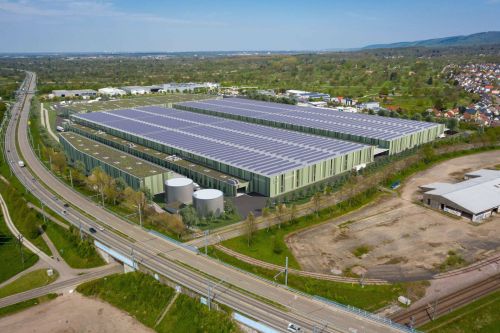Traders blissfully unconcerned
Stock market reportThe plummeting prices across the Atlantic came as a bit of a shock, even though for a few months investors had been expecting some kind of correction to occur at the end of a long period of low interest rates (and the end, therefore, of the glut of cheap money fuelling the surges on the stock exchanges). According to some analysts, it was the inflation forecasts – inevitably meaning hikes in the cost of borrowing and reducing the attractiveness of investments in shares – that ultimately spooked investors, as well as all the reaping of profits that has taken place over the last few months. It’s worth pointing out that US investors have not had to contend with an actual correction for over 15 months. Analysts and managers have been trying to calm investors down by assuring them that the fundamentals of the world’s largest economy remain strong: the number of people applying for unemployment benefit is now the lowest since the beginning of the 1970s and companies’ 2017 results have mostly been better than expected. Things are similar when it comes to the 2018 results. And in spite of the risk of an even bigger correction this year, 2018 will still be a good period for investors, mostly because of the positive economic climate. None of the largest investment banks are forecasting any shrinkage in the indexes this year and the growth forecasts for the US economy are as high as 3 pct, compared to 2.5 pct in 2017.
The European economy is also building up steam – unemployment has been declining and exports growing, thanks to the demand from Asia. Meanwhile, investment is also on the up – which is why the German and French economies are predicted to grow by more than 2 pct in 2018 – a very good rate of growth for the rickety euro zone. Investors are unlikely to be deterred by the unpredictability of political events (as they were last year, when the main jitters were prompted by the elections in France and Germany as well as the destabilising effect of the circus surrounding the new resident of the White House). In Poland political issues are still flickering in and out of view, but don’t seem to be having any immediate impact on the stock market (the EU’s legal action against the Polish government is probably giving the greatest cause for concern). As far as the country’s economy is concerned, it’s possible that there is only good news ahead for the WSE – growth of around 4–5 pct, accelerated investment, low unemployment and inflation remaining at a level that will not prompt the central bank to increase interest rates.
What do the forecasts for the two sectors we are interested in look like against this background? The rude health of the economy, as gauged mostly by the affluence of households, should be a boon for developers. Some analysts expect that the sector will thrive when it comes to investment portfolios. Even more so considering the fact that in 2017 supply did not satisfy the demand (for the first time since 2013) and prices started to grow. Prices could increase by more than 10 pct in areas failing to meet the demand in 2018. A total of 28,000 apartments were sold in Warsaw alone in 2017, whereas the average level for the last few years was 10,000. Dom Development, which has increased its sales from 2,000 to 4,000 apartments per year over the last three years, is the market leader (and the analysts’ favourite). The company has benefited from the acquisition of Euro Styl, which operates on the TriCity market (in 2017 it was the market that experienced the greatest price increases). The heavyweights among the developers also include Murapol and Robyg, who each sold app. 3,500 apartments last year. However, a look at the rynekpierwotny.com website reveals that many companies enjoyed sales growth of around a dozen or so per cent, benefiting from the positive situation on the residential market. The construction sector has not been enjoying such good forecasts – the expected inflow of EU funds is likely to be counteracted by the specificity of the sector, mostly due to its high labour costs. And this is even after taking into account the fact that construction firms can still expect half of the EU cake to be divided into funds for railways and roads until 2023. Meanwhile, the beginning of the year was quite calm – the minimal correction on the construction index was in line with the main indexes (a 1–2 pct decrease in the first six weeks of the year), whereas the gradual increase in the WIG-Real Estate reflected the optimistic current and future prospects for this sector.
Peaking in Prague and Budapest
The mood of investors on the Prague Stock Exchange has not been adversely impacted by the correction across the ocean. There has not been any noticeable increase in uncertainty. The PX50 index rose by over 3 pct, ending almost 15 pct up over the year. In Budapest, the February jitters have already been reflected in the performance of the main index, although it has to be pointed out that the correction there began in the second half of January after the BUX had reached its historic peak of above 40,000 points.





















































